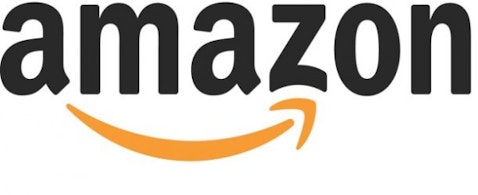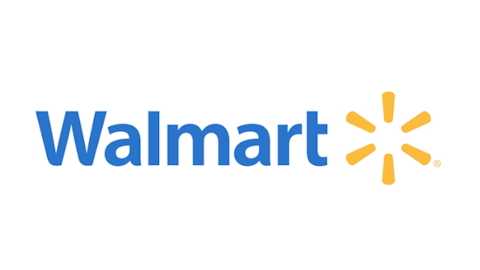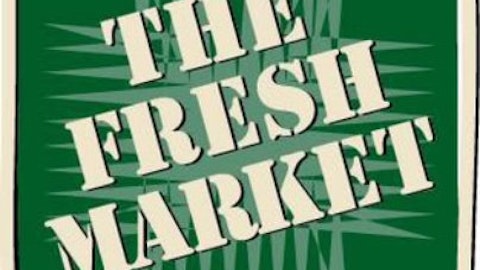Amazon.com, Inc. (NASDAQ:AMZN) has been cited as a key factor behind the demise of companies that sell books (Borders) and electronics (Circuit City). Will the company’s next casualty be a grocery store?
According to Reuters, after testing its grocery delivery service in Seattle, Amazon.com, Inc. (NASDAQ:AMZN) is planning to expand this business across the US, entering as many as 40 markets in the coming months. The program sounds promising, and grocery store chains like The Kroger Co. (NYSE:KR) and Whole Foods Market, Inc. (NASDAQ:WFM) could soon find themselves facing an incredible challenger.
Online grocery shopping could be huge
If Amazon.com, Inc. (NASDAQ:AMZN) can execute effectively, its grocery business could be huge. As it stands, shopping for groceries is unpleasant: difficult, time consuming and boring.
Recently, a video featuring David Foster’s 2005 commencement speech (This is Water) spread across the Internet. While the point of Foster’s speech wasn’t to criticize the current state of grocery shopping, he does a solid job of explaining why it’s terrible:
“The supermarket is very crowded…it’s pretty much the last place you want to be but you can’t just get in and quickly out; you have to wander all over the huge, over-lit store’s confusing aisles to find the stuff you want and you have to maneuver your junky cart through all these other tired, hurried people with carts…and eventually you get all your supper supplies, except now it turns out there aren’t enough check-out lanes open even though it’s the end-of-the-day rush. So the checkout line is incredibly long, which is stupid and infuriating.”
In short, it’s a market ripe for disruption, and moving the shopping experience online could instantly fix many of its challenges.
For example: when you shop online, there are no long checkout lines to wait in, it’s much easier to find “taco shells” with a search box (rather than wandering from aisle to aisle), and there’s no need to worry about forgetting the list.
That isn’t even taking into account the countless hours that could be saved. Many people purchase roughly the same basket of groceries week after week. Setting a regular order of food to ship would be far more efficient than wasting an hour at Kroger every Wednesday.
Amazon isn’t alone
Of course, Amazon.com, Inc. (NASDAQ:AMZN) is not alone in this endeavor. Grocery store chain Safeway Inc. (NYSE:SWY) has its own service, and there are smaller, regional businesses like FreshDirect and Peapod.
But online grocery shopping remains a largely untapped market. This isn’t surprising, given the immense logistical challenges it presents. Amazon will likely be limited to urban areas for the foreseeable future, as will its competitors.
But even among urban areas, many cities remain unserviced. If Amazon is able to enter 40 markets, it could be the single largest player in the industry.
How Amazon stands to benefit
The original Reuters report claims that Amazon.com, Inc. (NASDAQ:AMZN) would opt to sell the groceries with a low margin, or at a loss. Amazon is no stranger to this strategy — its Kindle Fire tablets are sold roughly at-cost — so if that was the case, it shouldn’t be surprising.





